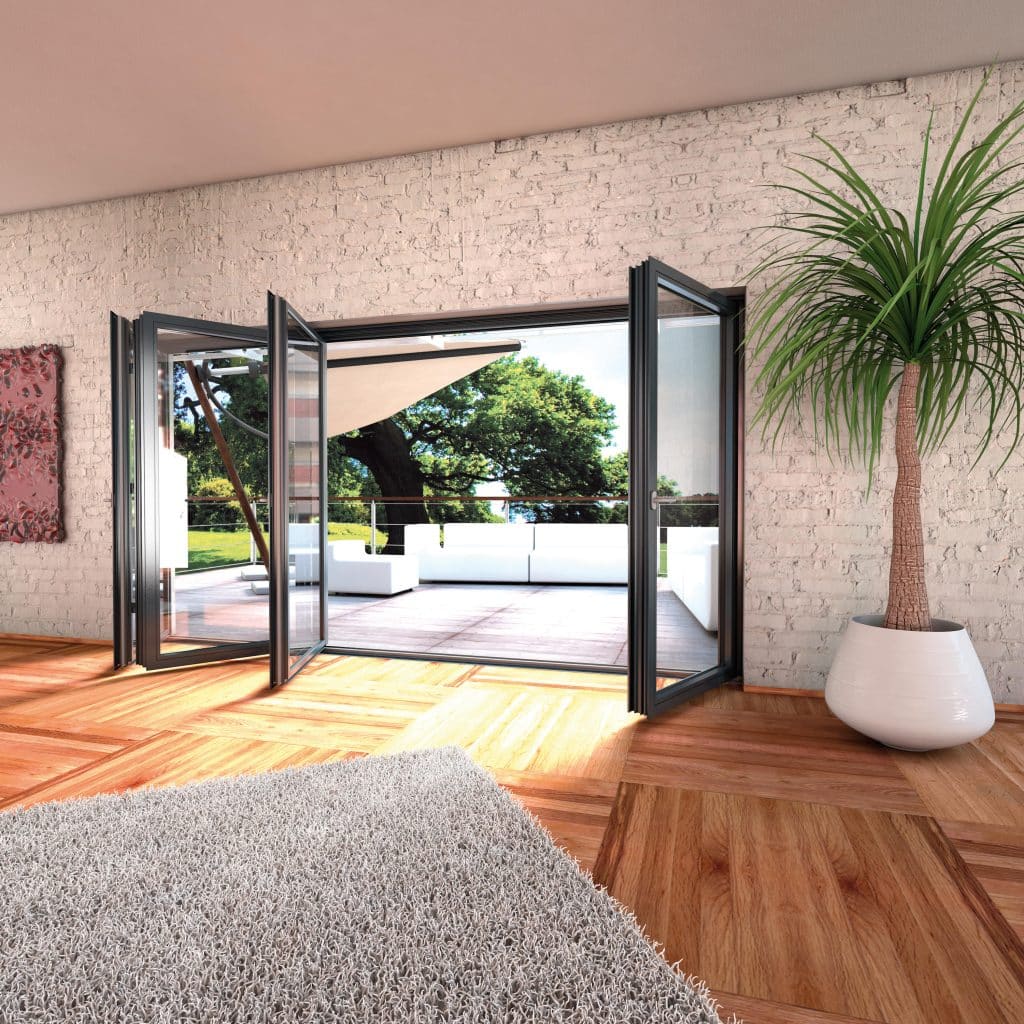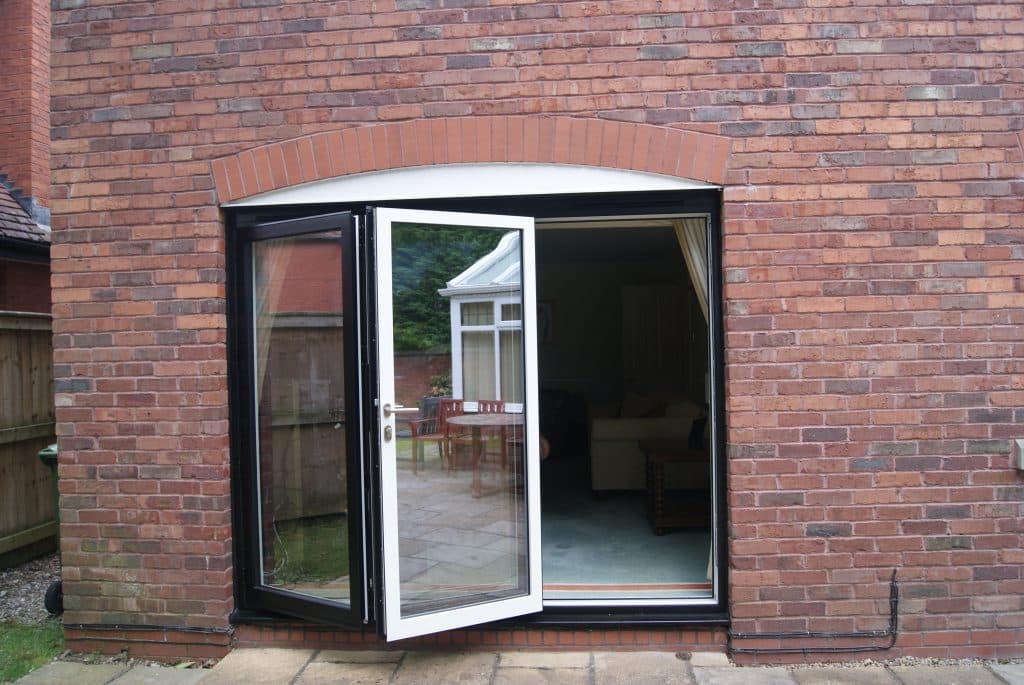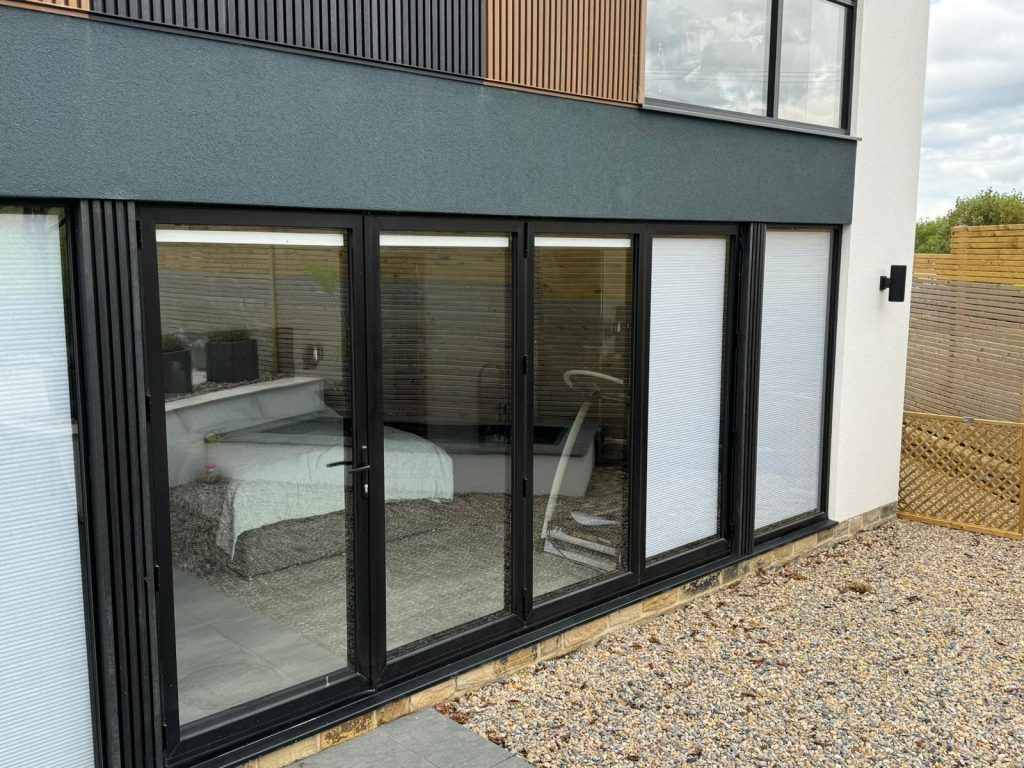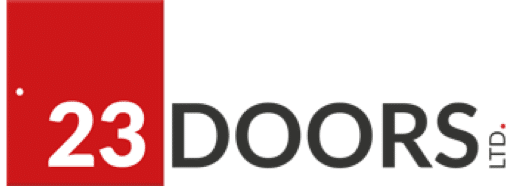Bifold doors are an increasingly popular choice for those looking to enhance their interior space with a modern touch. But have you ever wondered whether they should swing in or out?
This decision can significantly affect your room’s functionality and aesthetic appeal. Choosing the right option could mean a seamless transition from inside to outside, maximising your space and even improving thermal performance. In this post, we’ll explore the pros and cons of each direction, helping you make an informed decision that fits your needs and style preferences.
Choosing Bifold Door Orientation
Choosing the right orientation for bifold doors is crucial as it affects both visual appeal and functionality. Your decision will impact how the doors integrate with your living space and the ease with which you can move between inside and outside areas.
Impact on Interior Space
When considering bifold doors, interior space is a significant factor. Doors that swing inward can encroach on your room, requiring more space to operate. This could limit furniture placement and movement. On the other hand, outward-opening doors don’t intrude into your living area, potentially offering more flexibility.
Key considerations include ensuring that outward-opening doors don’t obstruct external walkways or gardens; This balance between the inside and outside can influence how you use your space on a daily basis. Additionally, the choice between inward or outward opening can alter the amount of natural light entering, impacting the room’s ambience.
Real-world examples demonstrate how this choice can change a home’s dynamics. In compact spaces, outward-opening doors often allow for better use of interior areas, as they do not require clearance inside the room.

Seamless Transition Benefits
A seamless transition between your indoor and outdoor spaces is a significant advantage of bifold doors. By choosing the correct orientation, you can create a flow that enhances your living experience.
Seamless transitions are not just about aesthetics; they improve access and connectivity to outdoor areas. This can be particularly beneficial for hosting events or enjoying family gatherings on a patio or decking.
Case studies highlight the importance of such transitions. Homeowners who opted for outward-swinging doors often mention the enhanced connection with their gardens, making outdoor areas more accessible and enjoyable.
- Enhanced indoor-outdoor flow
- Improved accessibility to garden or patio
- Greater flexibility in space use

Considerations for Installation
When installing bifold doors, several factors come into play. These include choosing the right threshold, ensuring easy maintenance, and improving energy efficiency. Each aspect contributes to the door’s overall performance and longevity.
Balconies
When dealing with balconies, the orientation of bifold doors becomes particularly crucial. Balconies often provide limited space, and therefore, the direction in which the doors open can significantly impact usability and aesthetics.
For balconies, inward-opening bifold doors are often preferred to maximize external space utility:
- Maximized Balcony Space: Inward-opening doors ensure that the limited balcony space is preserved for furniture and movement, rather than being obstructed by open door panels.
- Enhanced Safety: By opening inward, these doors reduce risks associated with projecting door panels, particularly in high-rise settings where space is at a premium and wind levels are high.
- Unobstructed Views: Keeping the balcony clear enhances the view from both inside the home and while standing on the balcony, contributing to a more pleasant atmosphere.
While inward-opening doors have advantages for balconies, there are also considerations to keep in mind:
- Internal Space Adjustment: Ensure that the interior space can accommodate doors that swing inward without interfering with furniture placement or pathways.
- Weather Sealing: Proper sealing is essential to prevent drafts and maintain indoor comfort, as inward-opening doors may face different weather challenges compared to outward-opening ones.
Balcony integration with bifold doors requires careful planning to balance indoor and outdoor space effectively, ensuring that the transition is both functional and visually appealing.
Low Threshold Options
Choosing a low threshold can enhance the functionality and look of your bifold doors. This design choice provides easier access, particularly for those with mobility concerns, and can contribute to a seamless transition between spaces.
- Evaluate needs for accessibility: Consider if a low threshold would benefit all potential users.
- Select materials that ensure durability and weather resistance.
- Consult experts to ensure proper installation, which is crucial for maintaining performance and avoiding water ingress.
Case studies show that low thresholds often enhance the aesthetic appeal, making spaces look more integrated and accessible.
Easier Cleaning Techniques
Regular maintenance is essential to keep bifold doors functioning optimally. Choosing a design with easier cleaning techniques can streamline this process.
- Regularly clean tracks to prevent dirt build-up, which can impede door movement.
- Use gentle cleaners on glass and frames to avoid damage.
- Inspect seals regularly to ensure they remain effective in preventing air and water leakage.
Actionable advice includes setting up a routine maintenance schedule and using appropriate cleaning products to prolong the life of your doors.
Weather Performance Considerations
When it comes to weather performance, the orientation of bifold doors plays a critical role. Doors that open outwards generally provide better weather resistance compared to inward-opening doors. This is due to the way wind pressure interacts with the door seals.
Enhanced Seal Contact with Outward-Opening Doors
- Wind Pressure Advantage: In outward-opening bifold doors, the wind naturally presses the door panels against the seals. This increased pressure enhances the contact between the seals and the door frame, effectively reducing gaps where water or air might otherwise seep through.
- Improved Resistance to Elements: As a consequence, outward-opening doors often exhibit superior resistance to harsh weather, making them an ideal choice in climates where heavy winds and rain are common.
- Reduced Risk of Seal Failure: The pressure exerted by the wind ensures that seals remain in place, minimizing the risk of them being dislodged or compromised, which can often occur in inward-opening doors where wind pressure might push seals apart rather than enhance their contact.
Potential Drawbacks
While outward-opening doors offer better weather protection, it’s essential to ensure that they don’t obstruct outdoor paths or open into tight spaces. Proper planning and installation can mitigate these potential challenges while maximizing the benefits.
For homeowners looking to improve the weather performance of their bifold doors, considering the direction of opening in relation to local weather patterns can be a wise decision. Balancing practicality with environmental conditions will result in better energy efficiency and longevity of the door system.

